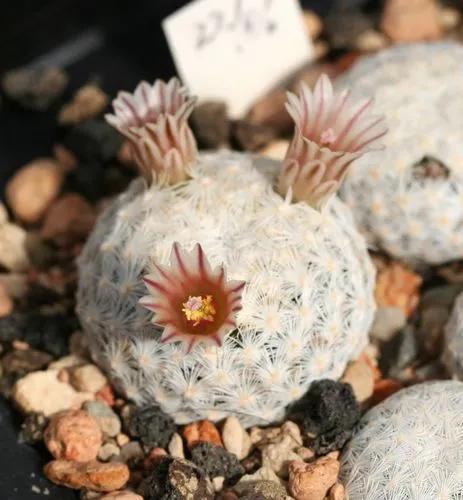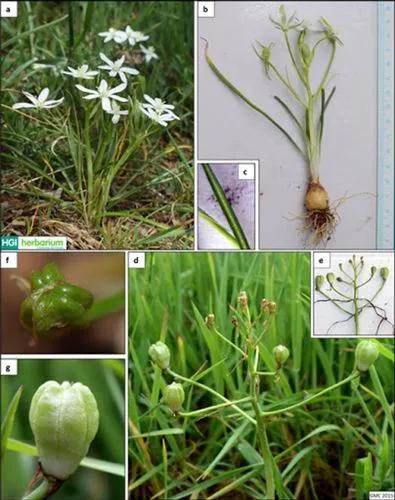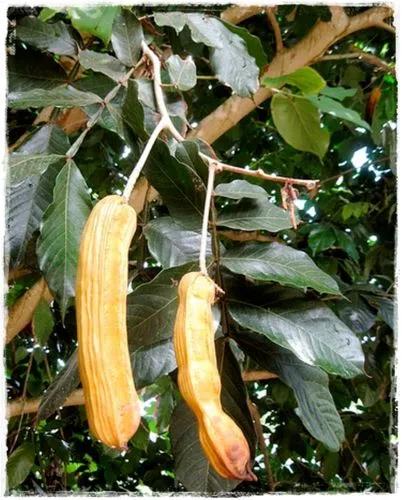Dahlia pinnata is a species in the genus Dahlia, family Asteraceae, with the common name garden dahlia. It is the type species of the genus and is widely cultivated.
Dahlia pinnata Care
Dahlia pinnata



Dahlia pinnata is a perennial herbaceous plant with a rhizome and tuberous roots, reaching a height of 70 to 120, rarely 160 centimeters. The stem is erect being branched only in the inflorescence. The leaves are usually simple, with leaflets that are ovate and 5–10 cm long. The plant is slightly shaggy. The two to eight flower heads have a diameter of 6 to 10 centimeters on 5 to 15 centimeters long stems. The eight florets have a length of 3 to 5 centimeters, are ovate and coloured pink to deep purple. The flowering period extends from July to October.
How to Care for the Plant

Water

Once developed a dahlias require regular watering. A plant should be given deep water 2 to 3 times a week. Increase a amount of water during hot and dry seasons. Lack of water affects a production of flowers.

Pruning

It is important to never remove more than a third of the foliage in any one year and to cut just above a node on the stem.

Fertilizer

Mix the recommended amount of liquid fertilizer and water in a watering can. Then simply pour the mix into the soil as if you're watering the plant.

Sunlight

All plants require light for photosynthesis, the process within a plant that converts light, oxygen, and water into carbohydrates (energy). Plants require this energy to grow, bloom and produce seeds. Without adequate light, carbohydrates cannot be manufactured, the energy reserves are depleted and plants die. They need 12-14 hours of indirect sunlight.

Soil

The ideal blend of soil for plant growth is called loam. Often referred to as topsoil or black dirt by landscape companies, loam is a mixture of sand, clay, and silt.

Temperature

These plants are hardy in the areas with the lowest winter temperatures between 10°F and 20°F or -12.2°C and -6.7°C. In cooler regions, they can be treated as annuals. When planting, make sure the ground temperature reached 60°F.

Container

When choosing a pot, choose a pot that is 2.5-5 cm (1-2”) larger than the current size. Ceramic pots are porous which means your plants are less likely to experience root rot from overwatering. It also means you'll have to water more often. Plastic pots are lighter, less likely to break, and easier to clean.

Popularity

26,591 people already have this plant 3,049 people have added this plant to their wishlists
Discover more plants with the list below
Popular articles






